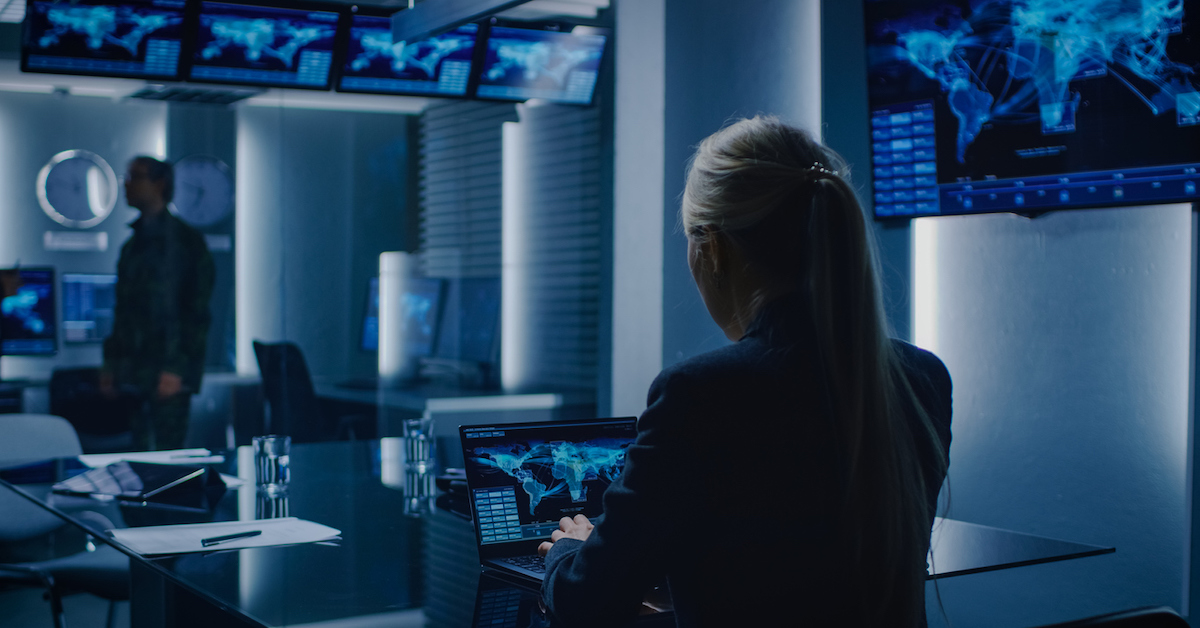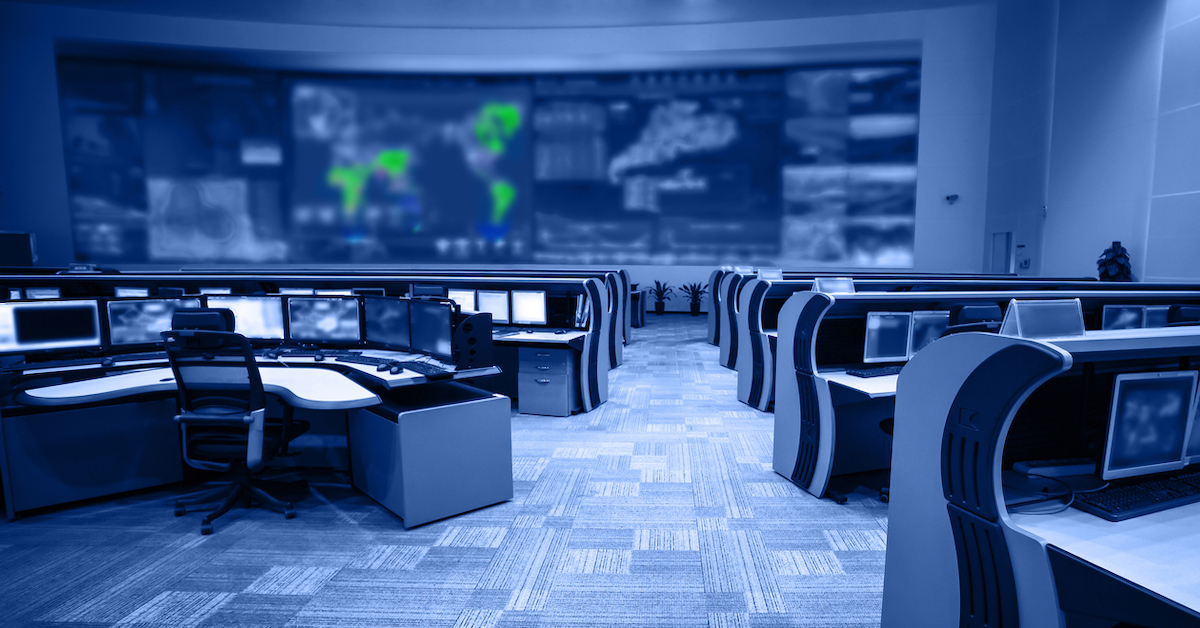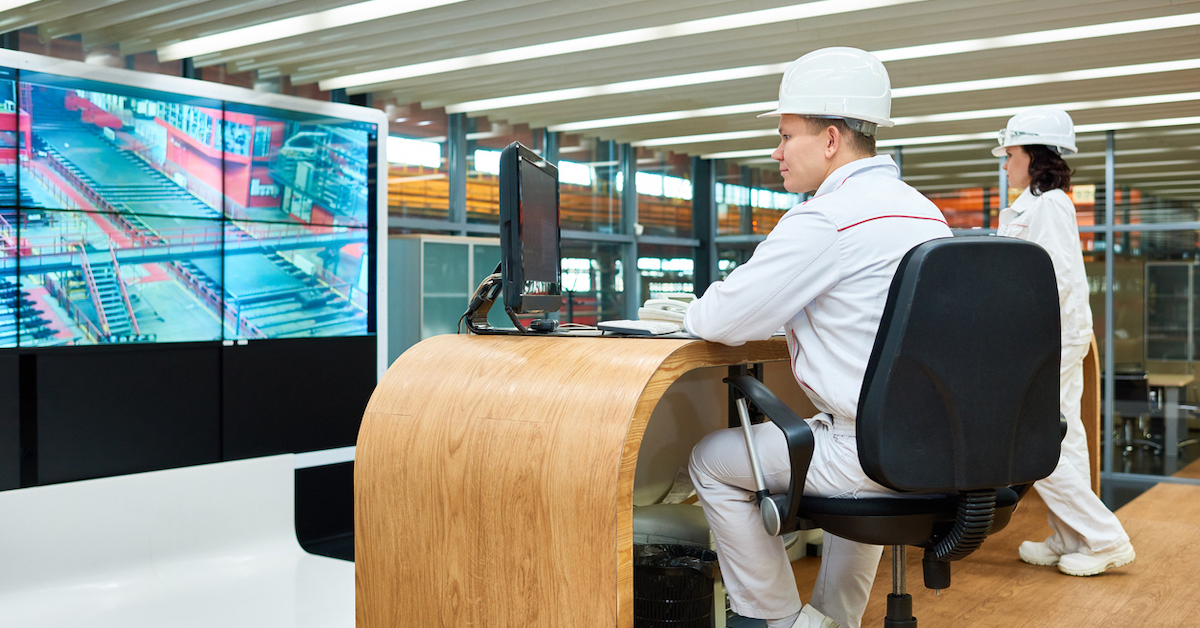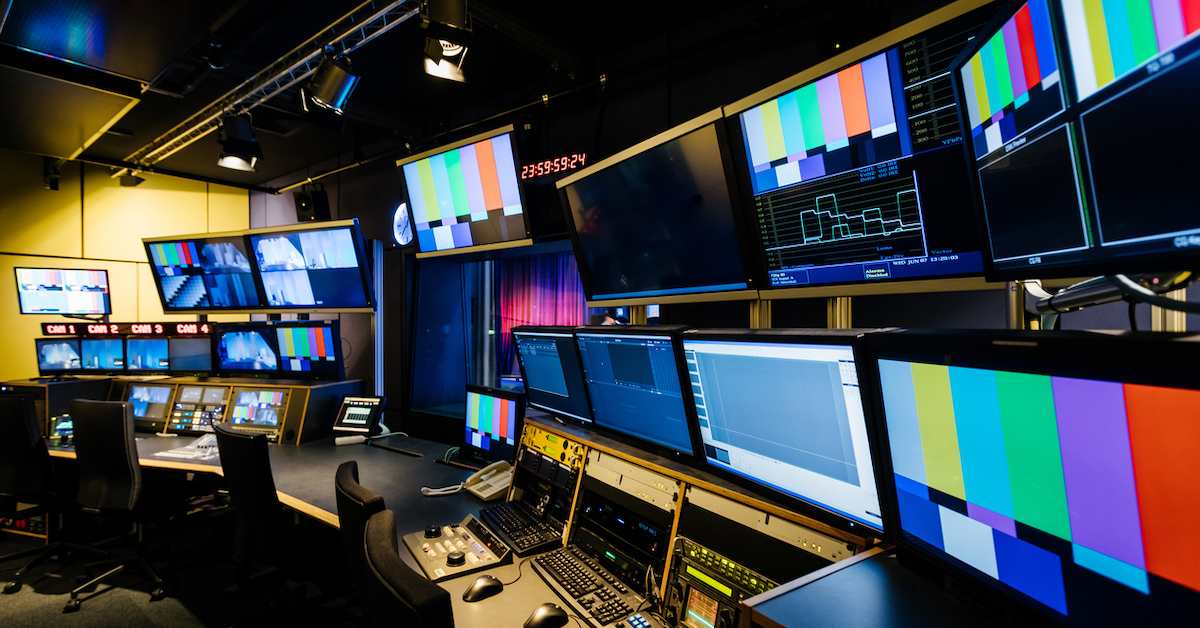
What Does a Modern Control Room Look Like?
For the past decade or more, 2020 has been the year that many analysts have predicted for next generation offerings. With this in mind, we are going to spend the next few weeks looking at how technology has impacted various spaces: control rooms, museums, theme parks, innovation centers, hospitality environments, etc. This series should serve as a great opportunity to look at what’s possible, and how revisiting these environments can impact the experience for your employees, customers
We are starting our journey with the control room – one key area for a growing number of organizations that has truly evolved into a truly dynamic and meaningful space.

Centralized
Data is the lifeblood for organizations today – regardless of the industry. Today’s state-of-the-art control rooms play an instrumental role in serving as a centralized hub where decision makers can analyze and act on information. This is true whether its data about the performance of a critical asset or a live stream video of a remote asset. Having one central environment helps key personal make informed decisions.
There is a lot of audiovisual (AV) technology playing a role in enabling these centralized spaces. For instance, high definition video walls provide a means of clearing displaying a mix of analytics, communications and video streams. Because of the need to communicate and process large amounts of data, 5G connectivity will increasingly play a larger role in the 2020 control room.

Collaborative
Being able to work seamlessly with other key players is crucial to the success of any control room environment. This is the case whether it is a team member within the same environment or personnel across the world operating critical assets. The best control room environments encourage and empower team members to work in a cohesive manner – sharing access and ideas.
Smart boards, video conferencing systems, and interactive displays all play instrumental roles in creating truly collaborative spaces.

Ergonomic and Inviting
Spaces yield the best results when those using them are not only comfortable, but also easily reconfigurable furnishings when it's necessary to facilitate productivity. These control environments have long been uncomfortable, rigid spaces often designed that way to portray the serious nature of the work. This is not necessary considering the wide array of ergonomically designed furnishing available on the market today.
Additionally, when creating environments people actually want to utilize, organizations should pay close attention to the acoustics, temperature and lighting controls. While technology companies have made significant gains, control environments often have a lot of equipment that can generate noise, heat and light. Calculating each of these aspects into the design can result in far more comfortable and usable spaces.

Secure
The fact that these spaces are often the heart of an organization with access to mountains of protected data and intellectual property, security is a must. And, understandably, security in a digital world needs to go beyond the physical safeguards of the past.
Fortunately, today’s technology has a number of multifactor offerings that can help an organization protect access not only to the space, but the data within. For instance, a combination of camera-based AI/ML identification, RFID, biometrics and passwords can help ensure that people only have access to the information that applies to them. This same technology can help control video walls providing immediate and pertinent updates when the system recognizing that a team leader has entered the room.

Are you interested in building or retrofitting your environment to fit the technology empowered capabilities of a modern control room? Electrosonic can help. As a global leader known for its ability to find creative uses to the latest technology can offer, Electrosonic provides you will access to over 55 years of experience and expertise. Click here to learn more.
Maurizio Capuzzo
Maurizio Capuzzo, Electrosonic’s Chief Marketing Officer, fuses the science of data with the art of visual and verbal communication to explain how technology adds value and helps foster innovation. Maurizio writes from a wealth of experience, holding leadership roles in global technology companies as well as possessing a deep understanding of how technology contributes to business growth.










.jpg?width=1500&height=995&name=ELC501_N17_medium%20(1).jpg)







































































































































































































